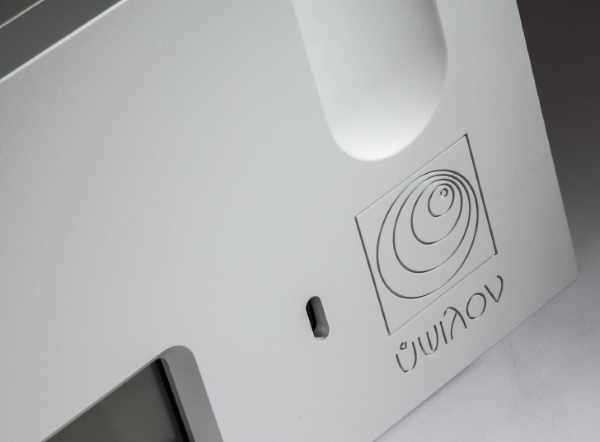
Greek mythology has inspired Western culture for centuries. The richness of Antique Greek imagination has long nourished the Western world in the field of arts, philosophy, and even science and continues to do so to this day. Ypsilon Electronics, a boutique brand starting to become a legend of its own in ‘high-end’ world, undoubtedly has more entitlement to this rich source than anyone else: their production is based by the skirts of the Acropolis of Athens, right by the mythical Gods. Calling what they do production is an understatement -they are writing their own myths; overturning accustomed trends of the audio world. Ypsilon is a new brand in Turkey. I will share detailed information about the brand and my observations from a recent visit to Ypsilon Electronics in a separate article.
Phaethon is an important Greek mythological character. He is the son of Sun God Helios and mortal woman Klymene, and his name means “shining”. Helios drives the sun on a chariot across the sky each day. Phaeton lives with mortals alongside his mother. Unable to persuade his friends that he is the son of a God, Phaeton asks his father permission to drive the chariot with the sun to the sky. This, he believes, is the only way to convince his friends. Although hesitant, Helios yields to his son’s plea and gives the chariot to Phaethon to drive. The task though, is more than Phaethon is physically capable of. The horses are so strong and difficult to handle that Phaethon cannot control them; the sun on the out of control chariot causes enormous fires on earth, turning large parts of Africa into desert. Eventually Zeus interferes and ejects Phaeton out of the chariot with a lightening and throws his burning body into the Eridanos river. After his death, Phaethon becomes Saturn (or Jupiter according to some) in the Auriga constellation.
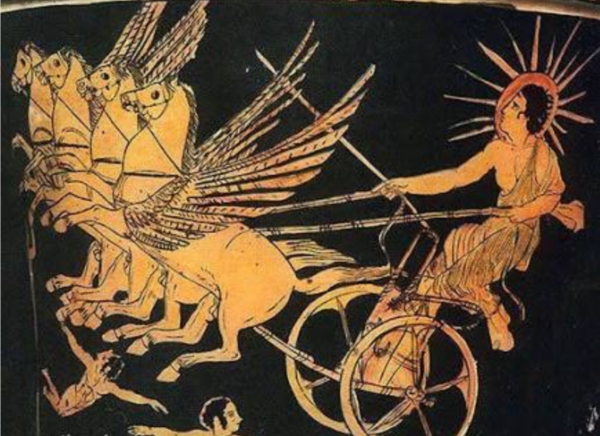
I have started the discussion with mythology because the Phaethon has been born to the marriage of Ypsilon’s 200W monoblocks the Aelius and its legendary pre PST-100 Mk.2. The word Aelius actually means “sun” in ancient Roman and is derived from the sun God Helios’s name. The musical capabilities of this incredible duo, with the exception of its 200W power, have been integrated and incorporated into a single case. As Demetris Backlavas -the brain, creative director and spokesperson of the brand- whispered in my ear, since the musical capability of the Phaeton exceeded that of the Aelius, the monoblocks had to be modified. Simply put, the Phaethon is an amplifier that carries all of the genetic specifications of the Aelius and PST-100 Mk.2. To remind the readers, the Aelius and PST-100 Mk.2 are rated Class A in Stereophile and Michael Fremer cannot sing their praises enough. He has even been quoted as saying, “… the most perfect audio component I have ever heard -or not heard” for PST-100 Mk.2.
The Phaethon, is Ypsilon’s first and only integrated amplifier. It was first launched in High End Munich in 2014. It produces 110W into 8 ohms and 160W into 4 ohms in an unusual band width of 11 Hz-75 kHz. Its output impedance is 0.5 ohm. Looking at these values, it is possible to assume that it can drive majority of speakers on the market; but the audio world is like black magic, technical data on paper is just meaningless until listened to (I will be discussing the listening experience with three different speakers shortly).
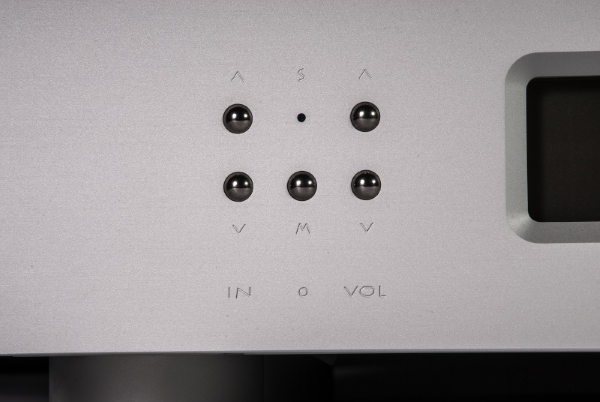
The Phaethon, is a hybrid design using three gain stages, with two valves. There is one 6H30 double triode valve for each channel. This means in each valve, there are two triodes for different driver stages. The first triode feeds into the transformer attenuator (wound in-house) working in 31 steps with a single-ended topology. This is actually the pre-amplifier stage, which in my opinion, is the most striking point. This, in fact, is a revolutionary concept. Demetris Backlavas says that no matter what brand or quality the resistor attenuators are, they cause discontinuity in the sound and make it grainier. He first came up with the idea to control sound level with transformer attenuators with the PST-100 and utilised the same technology for the Phaethon. To control the level of sound with this method causes extraordinary transparency and an impressive sound stage. The second triode in the 6H30 makes up the second gain stage. This gain stage is coupled to an inter-stage transformer driving the MOSFET output stage, which actually is a lower powered version of the topology used in Aelius. This is the second striking point. The Phaethon is a single-ended Class-A performer with the power of push-pull designs, merging the magic of this topology in midrange with a strong bass performance and control.
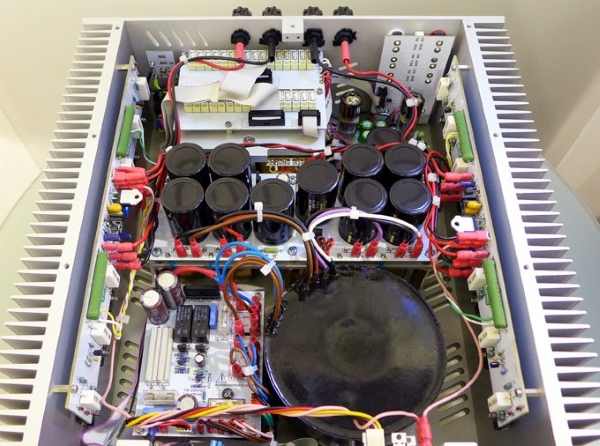
I have gone into circuit design issues in so much detail (disregarding the fact that it may not even be my place to do so) in order to give audiophiles who may have given up on power and control for single-ended class-A designs, some good news. Ypsilon Electronics, seems to have solved the issues and shortcomings of this topology. Listening to their SET 100 Ultimate monoblocks produced with similar principles, but with much more expensive materials and powerful transformers blew my mind and convinced me once again that Ypsilon has come an extraordinarily long way in reaching sound quality closest to live.
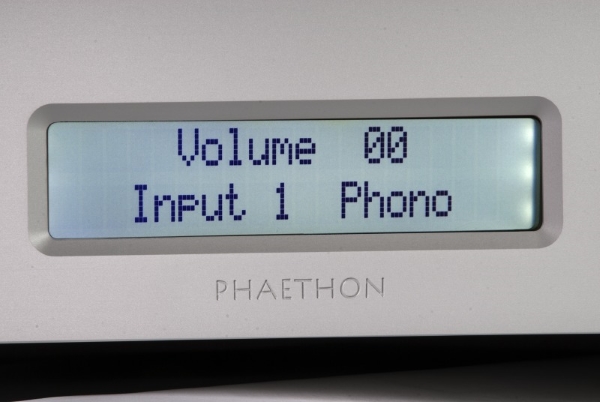
The Phaeton comes in a wooden case. There is no power cord in the case (it is recommended to use a power cord in audiophile standards). There is no operating manual either. While setting up, we had to phone Demetris Backlavas to ask which input corresponds to what on the screen. There is volume control, input choice, and on-standby buttons and a led screen on the front panel. You can see the input choice and volume level here. When you turn on the unit, ‘phono’ shows as first input but the amplifier does not have a ‘phono’ stage. This, like the others, is a line level input. The main ‘on-off’ switch is under the unit, by the left front foot. It is completely invisible from the outside; a minimal and aesthetic front panel indeed. There are three vertically placed RCA inputs behind the unit and an unbalanced XLR input right below them. The speaker terminals are in the middle and the power input is on the right. All terminals are of the best quality possible. Thanks to its unexpected – judging by its minimal aesthetics – weight of 35.5 kilograms and superior craftsmanship, it is obviously an heirloom. All of Ypsilon components’ aluminium cases are produced in Germany.
I listened to the Phaethon with three different speakers: the Tannoy Canterbury GR, the Hansen Prince and the Raidho D3. The Canterbury is an easy speaker to drive for the Phaethon with its 96db sensitivity and impedance not falling below 5 ohms. In fact, I could not go above level 10 of its 31 level volume control in a 60 square meter room. The Raidho D3 and the Hansen Prince are not easy speakers to drive. It was not possible to go above level 12 with neither of them in a 30 square meter room.

Bir yorum ekleyin